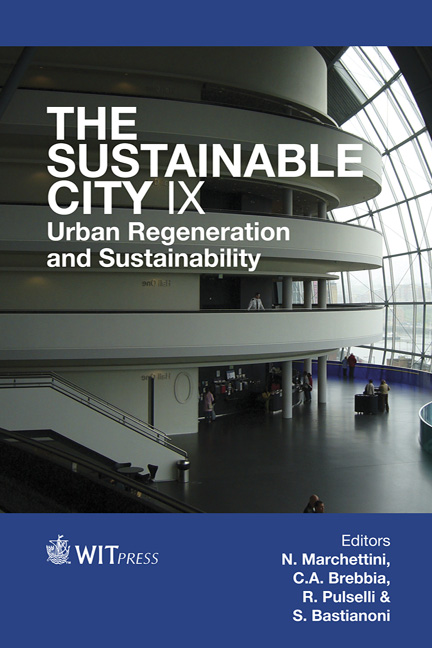Pathways To Childhood Obesity: A Deprivation Amplification Model And The Overwhelming Role Of Socioeconomic Status
Price
Free (open access)
Transaction
Volume
191
Pages
12
Page Range
1697 - 1708
Published
2014
Size
361 kb
Paper DOI
10.2495/SC141442
Copyright
WIT Press
Author(s)
H. Nogueira, A. Gama, I. Mourão, V. R. Marques, C. Padez
Abstract
People of low socioeconomic status (SES) are more likely to live in disadvantaged neighbourhoods, where resources and facilities that might support healthy living are scarce, while harmful environmental aspects are abundant. Our aim was to analyse the associations between children’s body mass index (BMI), children’s sports activity (SA) and perceived environmental characteristics with the children’s SES. The sample included 1885 children, aged 3–10 years, living in Coimbra, Portugal. Overweight and obesity were defined using age and sex-specific BMI cut-off points, as defined by International Obesity Task Force (IOTF). SA levels, SES and parental neighbourhood perceptions were assessed through questionnaires. Environmental data were reduced through a Principal Component Analysis for Categorical Data (CATPCA), and two neighbourhood dimensions were achieved. The independent associations of SES, the main predictor, with BMI, SA and perceived neighbourhood dimensions was analysed using ordered logistic regressions. Our results showed that children of low and medium SES were more likely to be obese than their high-SES peers, children from low and medium SES groups were less likely to participate in SA; parents of children from low and medium SES groups were less likely to have positive perceptions of their built environment. We concluded that low SES children are more obese, more sedentary and more likely to live in inadequate neighbourhoods, characterized by higher perceived risks. These findings show that the differential access to neighbourhood resources overlaps with familial socioeconomic disadvantage shaping patterns that are detrimental to children’s health and wellbeing. Childhood obesity also results from a model of deprivation amplification that penalizes the most vulnerable children.
Keywords
childhood obesity, perceived neighborhood environment, deprivation amplification model





